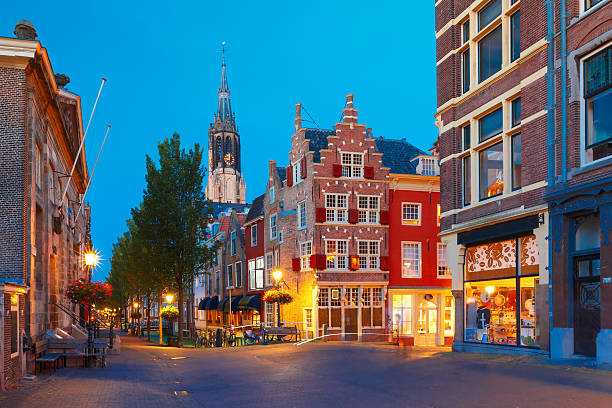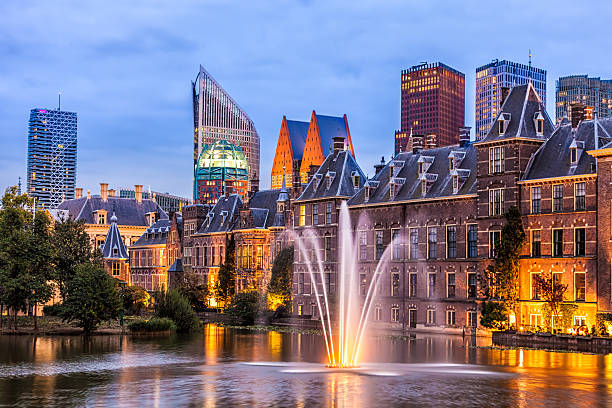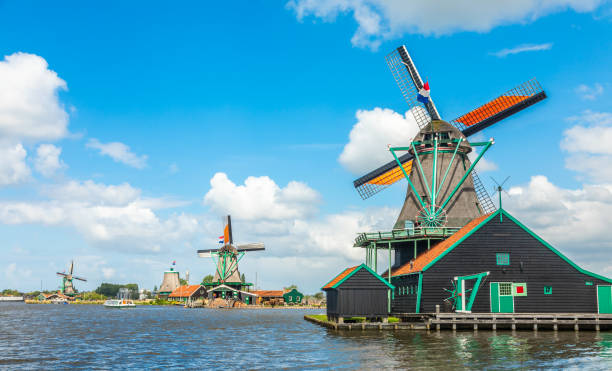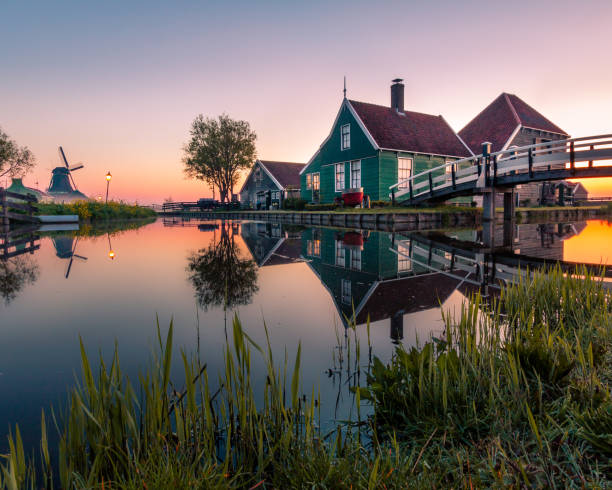Introduction
Take a 1.5-hour walking tour through the charming Dutch city of Delft to learn about its history and culture. Start your journey at Estación Central Delft, take in the breathtaking views of the Molen de Roos, and meander down the picturesque Oude Delft. Visit Prinsenhof and Oude Kerk to become fully immersed in history, and visit Markt to experience its vibrant atmosphere. Finish your journey at the striking Oostpoort, which brings the rich history of the city to life. As you discover its many treasures, allow Delft’s picturesque canals and enchanting architecture to leave a lasting impression on your heart.
History
The town’s market gained prominence when a count founded his manor there in 1075, giving Delft its name. The town’s market later became important. But Delft did not receive city rights until 1246, and after that, trade and industry became much more significant. Following the Spanish occupation in the Eighty Years’ War, Delft became the focal point of the Dutch resistance movement when William I of Orange, the national leader of the country, settled there.
De Markt
This main square, known as the market or de Markt, will serve as the hub of your activities in Delft. On one end of the square is the new church, which has the second-highest bell tower in the nation; on the other is the City Hall; and, of course, there are shops and restaurants all around. We will also take you for a stroll along the charming canals and surrounding streets so you can see more stores. It is a compact space that is simple to explore at your own pace.
Old Church
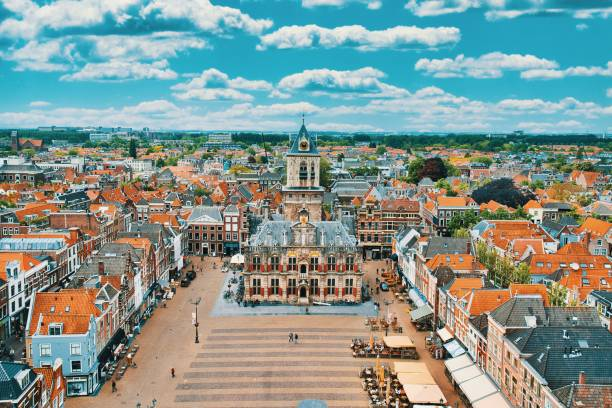
The oldest church in Delft has a convoluted history. Although there are rumors that a tuff stone church existed here as early as 1050 along the “Delf” canal, the Old Church was not formally recognized as founded until 1246, when Count William II granted Delft its charter. The church gradually changed over the ensuing centuries, taking on its present shape as an impressive Gothic basilica. Its crooked tower is the most famous addition; partially built on top of a former canal, the tower’s heavy stones began to sink on the shaky foundation. Thankfully, the construction workers were able to stabilize it over time. As a result, Delft’s Oude Kerk now boasts this endearing little detail that is easily noticeable from a distance.
Pricing And Booking Details
There are a few key things to think about when it comes to the Delft and The Hague Tour’s cost and schedule.
- The group size pricing is one of the important factors. The cost of the tour is contingent upon the size of your group. This guarantees that you will receive a reasonable and customized price for your unique requirements.
- It is also important to consider the flexible booking options. By choosing the “Reserve Now & Pay Later” option of this tour, you can book your place without compromising on flexibility.
- Additionally, under the free cancellation policy, you are able to cancel fee-free until one day prior to the experience and receive your full amount back. These decisions give you freedom in the booking process and provide insurance.
Conclusion
We recommend walking the streets of Delft, which is a beautiful city with cultural significance. The history of Delft changed from a market village to an emblem representative of the Dutch resistance. The historical sites, such as De Markt and the Old Church, are located on its streets. The attractions of the tour include its flexibility and affordability, and it suits people who go in a group.

